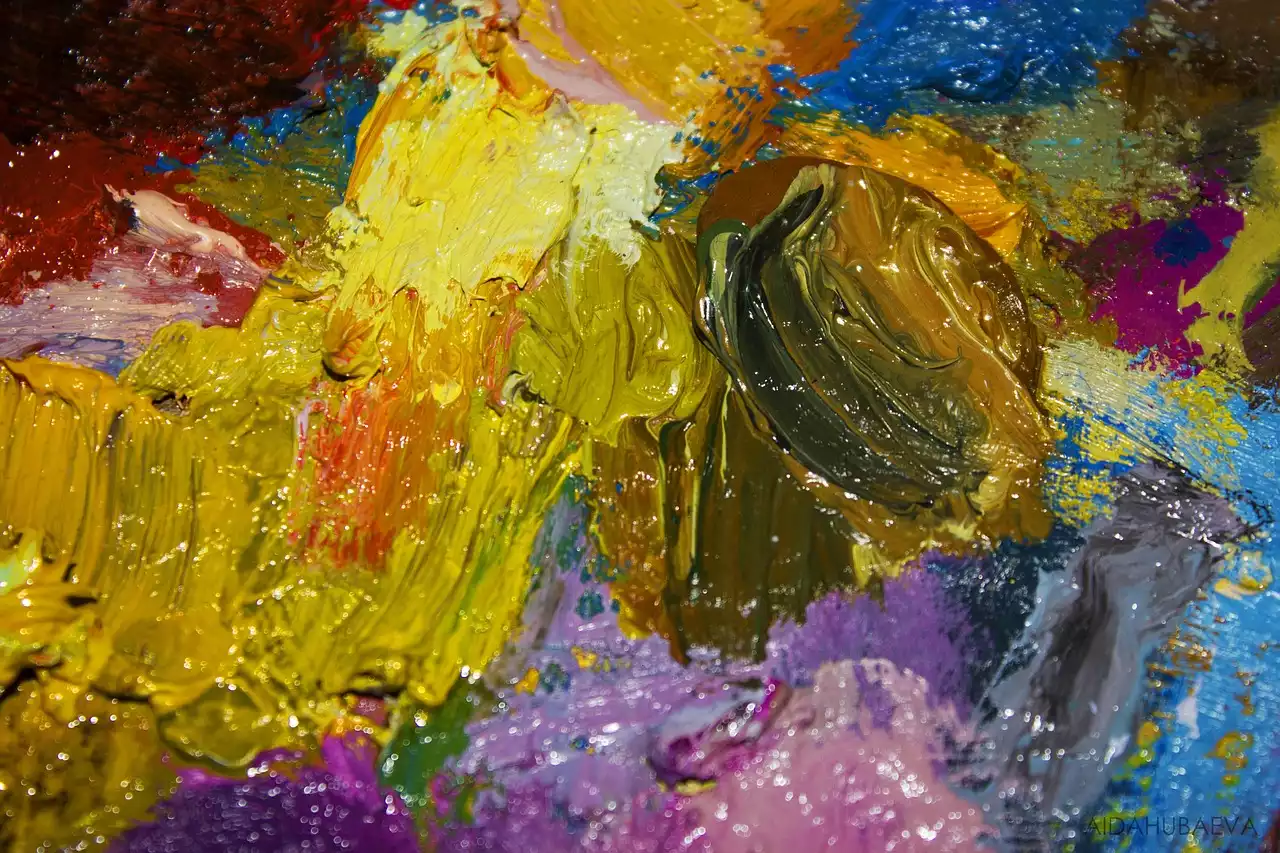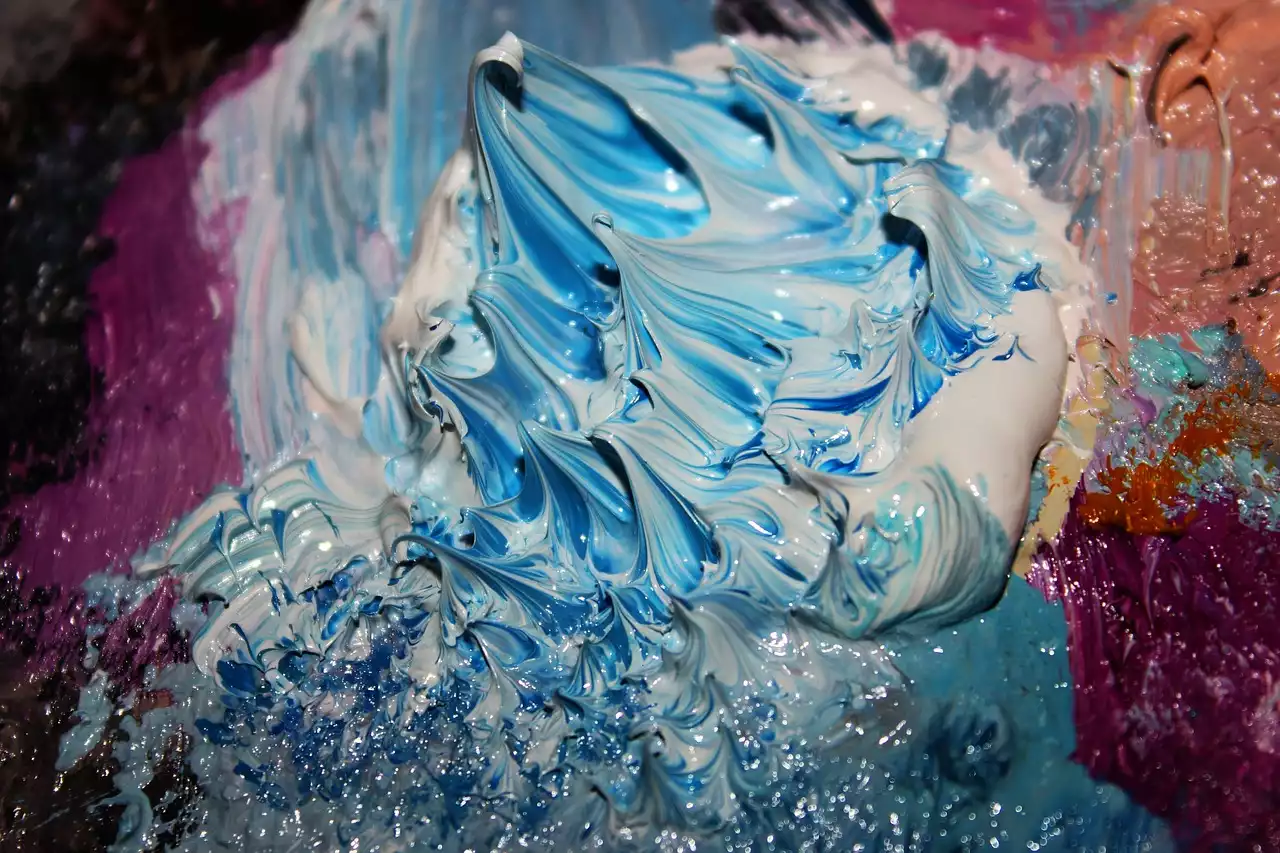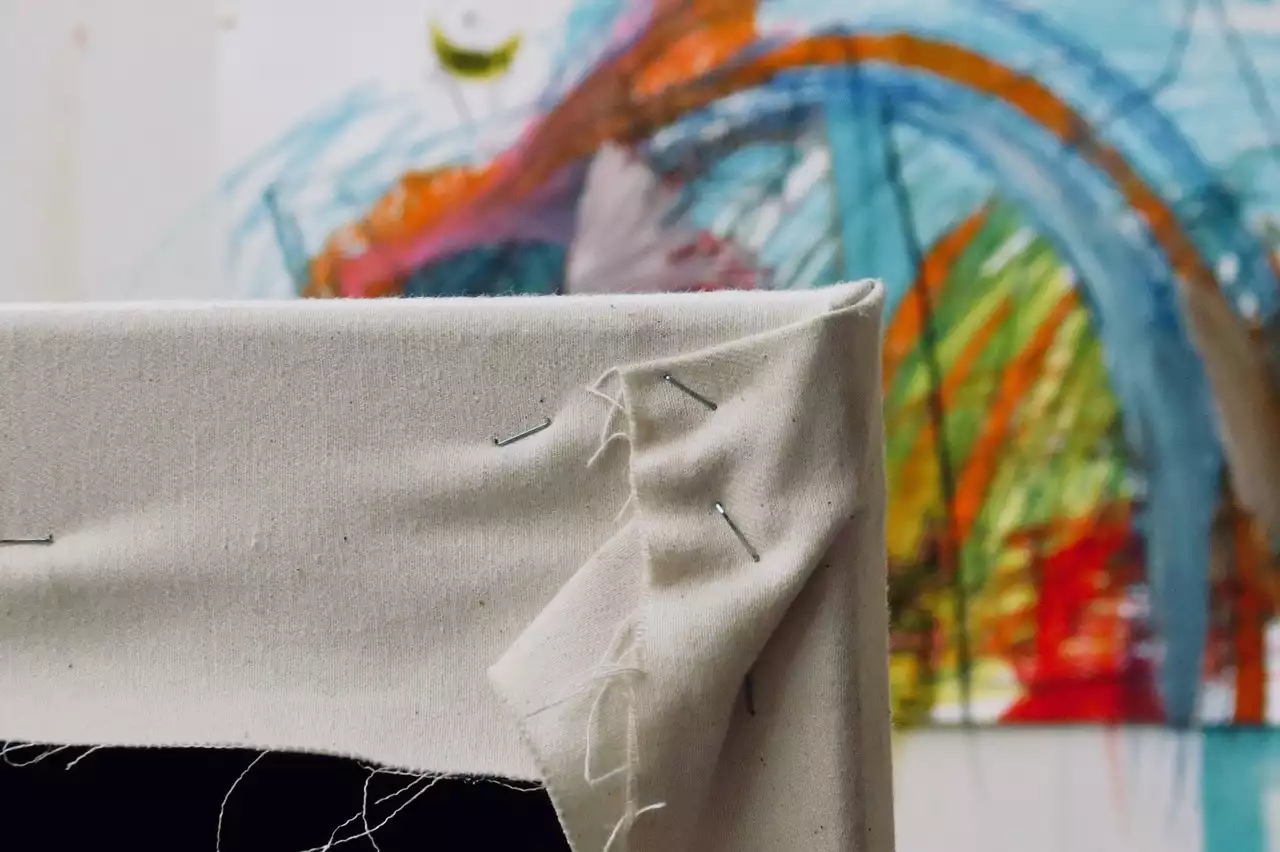Getting Started with Watercolor Painting
Before you start painting, it is important to understand the basic principles of watercolor painting. This will not only help you create more beautiful works of art but will also help you avoid frustration and prevent accidents. Here are a few things to keep in mind when you are getting started with watercolor painting.
- Use clean and good quality watercolors
- Avoid using paint that is old and has dried out. If you are using tubes, be sure to squeeze the paint out before you start painting. If you are using a pan, be sure to stir the paint and break up any dried-up paint at the bottom.
- Avoid washes that are too diluted
- While you want your wash to be usable, you don't want it to be too diluted. If it is too diluted, you won't be able to see or create any value or depth.
- Understand how paint and water interact
- Different paints will interact differently with water. Some paints will be more sensitive to water than others.
- Choose a surface that is easy to clean and dries quickly - Make sure you choose a surface that is not only easy to clean but also dries quickly. Avoid using surfaces that are porous as they might stain.
Choosing the Right Materials
When you are choosing suitable materials for watercolor painting, it is important to consider your skill level and the type of painting you want to create. Here are a few tips to help you choose the right materials for watercolor painting.
- Choose paints that are suited for watercolors
- Make sure you are using paints that are meant for watercolors. Your paints should come with a warning not to thin them with water, as this would damage them.
- Choose the right type of paper - The type of paper you choose will impact the final look of your painting, so make sure you choose the right type.
- Use a watercolor brush - While you are free to use whatever brush you want, watercolors are best created with a watercolor brush.
- Keep a rag or paper towel nearby - Whenever you are painting, be sure to have a rag or paper towel nearby to clean off your brush between strokes. This will prevent your brush from getting too full and avoid your paint from drying out.
Tips and Tricks for Watercolor Painting
As you are getting started with watercolor painting, it is important to follow a few tips and tricks to create beautiful pieces of art and avoid frustration. Here are a few tips and tricks to keep in mind when you are watercoloring:
- Use a wet brush - When you are using your brush, make sure it is wet. If your brush is dry, it will stick to the paper and create a streak or mark with no paint.
- Let your paints dry - You can create beautiful paintings with wet paints if you let them dry before painting over them.
- Avoid painting over dried paints - While you can create beautiful images with dried paints, it is not recommended. Dried paints might be too thick and difficult to work with.
- Change your paper often - Make sure you are using new sheets of paper to avoid bleeding or staining.
- Change your water frequently - Watercolors require a lot of water, so make sure you are changing it regularly to avoid it from drying out.
- Avoid creating large strokes - Watercolors are created with small, thin brushstrokes, so make sure you are using small and consistent movements when painting.
Exploring Different Styles of Watercolor Painting
When you are just starting with watercolors, you might not have a clear idea of what painting style you want to explore. However, as you paint, you will likely discover a style that resonates with you. Here are a few watercoloring styles you can explore as you get started with watercolors.
- Illustrative watercoloring - Illustrative watercoloring is a straightforward style that creates a sketch-like image. This is a great style for those who want to create something quick and easy.
- Documentation watercoloring - Documentation watercoloring is a straightforward style that creates an accurate and detailed image. This is a great choice for those who want to document their travels or create illustrations for books.
- Abstract watercoloring - Abstract watercoloring is a creative style that creates an image that is open to interpretation. This is a great style for those who want to be creative and free with their paintings.
Challenges of Watercolor Painting
While watercolors are a beautiful way to create art, they also come with their fair share of challenges. Here are a few challenges you might face when you are watercoloring.
- Painting with watercolors can be messy - Painting with watercolors requires a lot of paint and water, so there is a good chance you will make a mess. Make sure you are wearing old clothes, sitting on a clean surface, and working in a well-lit area.
- You might have to make adjustments to your painting
- Watercolors are sensitive to water and temperature, so they might not stay on the paper. If you notice that your painting is bleeding or moving, you can try to create a barrier between your watercolors and the paper. You can also try to adjust the temperature of your paints or paper to fix the issue.
- You might experience creative blocks
- Painting with watercolors is a creative activity, so you are bound to experience creative blocks at some point. If you are struggling to find inspiration, try to change up your process and experiment with new techniques to break out of the block.







.png?size=50)

